Mahale Mountains National Park
Visit Mahale Mountains National Park
Mahale Mountains National Park is 120 km south of Kigoma town on Lake Tanganyika’s peninsula in western Tanzania. The park covers 1613 sq km and is dominated by the Mahale Mountains, with the highest peak, Mount Nkungwe, rising 2,462 meters. It includes 63 km of lakeshore and a 1.6 km-wide strip of coastal waters. The main vegetation is Miombo woodland, with strips of riverine forests, rainforest, and savannah, home to many animals.
The park is home to around 800 wild chimpanzees and other rainforest animals like the Angolan colobus monkey. In the Miombo woodland, you can find roan antelopes, sable antelopes, and Lichtenstein hartebeest. The savannah is home to warthogs, giraffes, zebras, hyenas, and lions. There are about 82 species of mammals and over 350 bird species. Lake Tanganyika, the world’s longest and second deepest freshwater lake, borders the park and has around 250 unique fish species.
Visitors can enjoy activities like tracking chimpanzees, mountain climbing, snorkeling, fishing, kayaking, and relaxing on the lake’s sandy beaches.
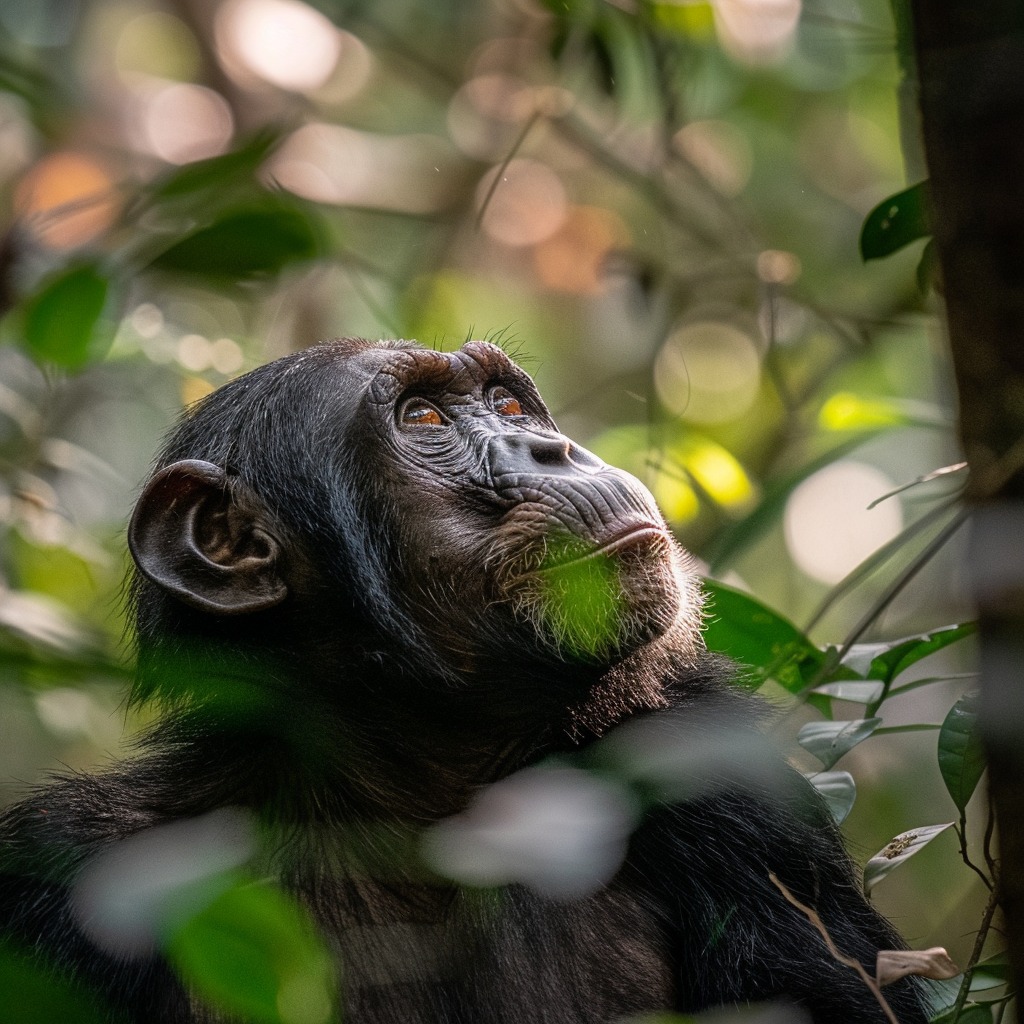
Highlights
- Tracking chimpanzee
- Snorkeling
- Camping safaris.
- Fantastic destination for bird watchers
- Hiking up Mount Nkungwe.
- Forest walks.












Why visit Mahale Mountains National Park?
- The park houses one of the largest populations of wild chimpanzees.
- Mahale has towering mountains, crystal-clear lakes, and lush forests. This gives a stunning backdrop for hiking and other outdoor activities.
- Mahale Mountains National Park offers a range of enjoyable outdoor activities, including hiking, trekking, fishing, and snorkeling.
- The park houses several communities of the Tongwe people, who have lived here for hundreds of years.
Best Time to visit Mahale Mountains National Park
The best time to visit Mahale Mountains National Park is during the dry season, which runs from June to October.
During this time, the weather is sunny and dry, making hiking and exploring the park easier.
Additionally, chimpanzees are more active and visible during the dry season. This makes it easier to observe them in their natural habitat.
Top 5 Things to Do in Mahale Mountains National Park
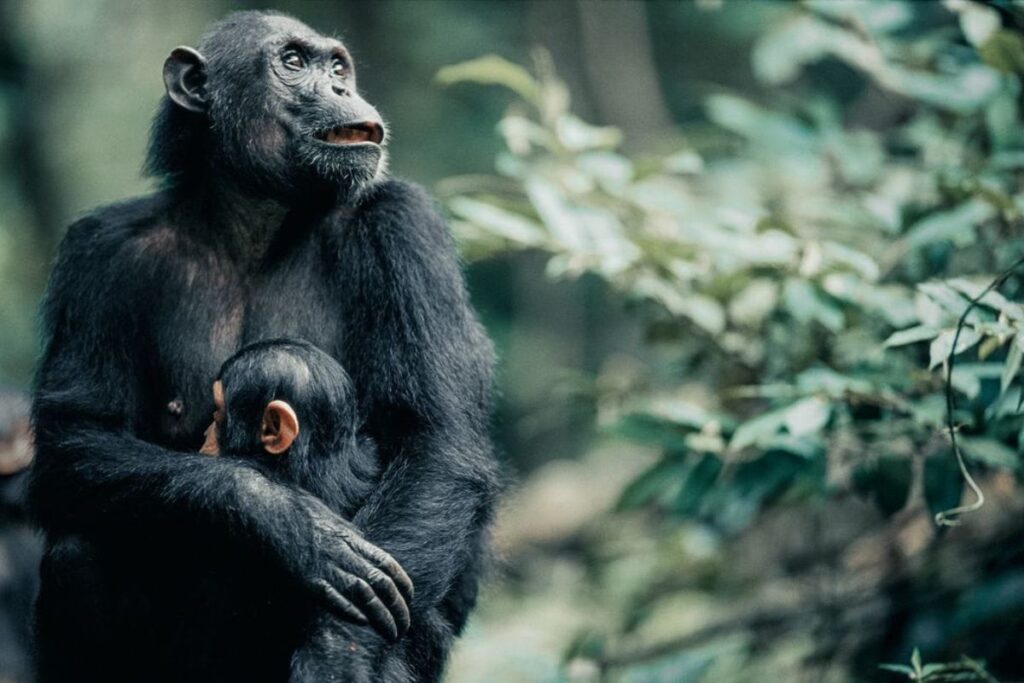
Chimpanzee Trekking
Chimpanzee trekking in Mahale Mountains National Park is a fun adventure. Chimpanzees, sharing 98% of their DNA with humans, are easy to spot with their long arms and big eyes. The park has many habituated chimps, ensuring frequent sightings. Lions also live here, though other animals like elephants and giraffes are harder to see.
Hiking trails vary in difficulty, especially in the northwest and southwest. Treks depend on chimp locations and season, with groups limited to six people. The trek can be strenuous, so good physical condition is needed. Guides help spot chimps and other wildlife.
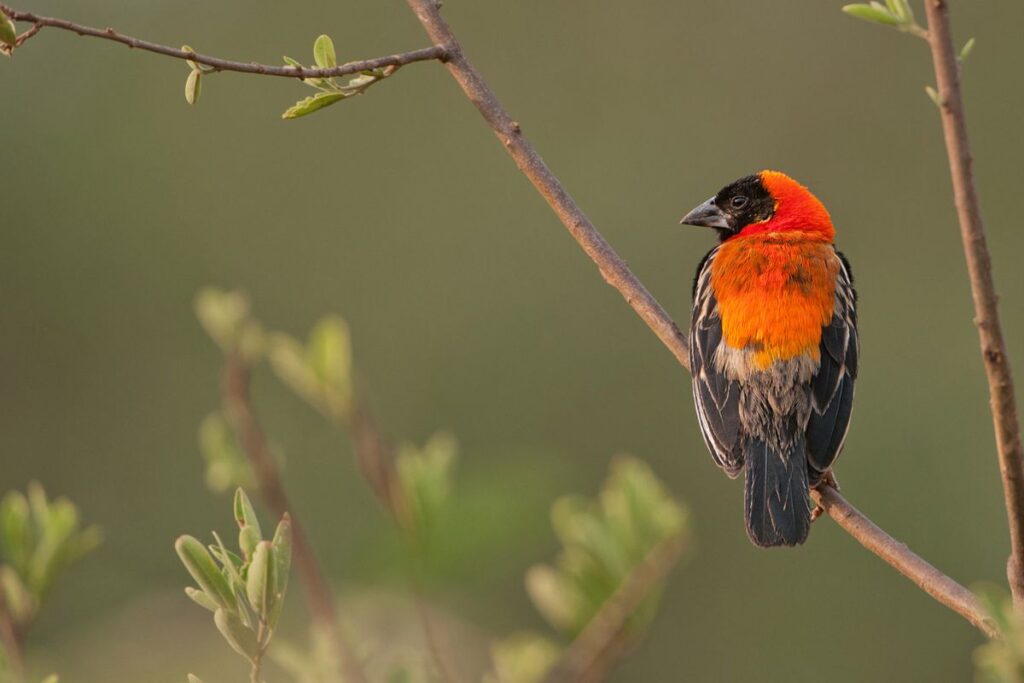
Bird-Watching
The Mahale Mountains National Park isn’t just for chimp lovers; it’s also a favorite spot for the ornithophile! Over 350 bird species, including migratory, water, and forest birds, make Mahale Mountains National Park a popular bird-watching destination.
The best time for bird-watching in Mahale is from November to April, when you’ll find resident birds in their breeding plumage and migratory birds traveling from northern Africa and Europe. Most visitors to the park with a knowledgeable eye for birds can count on spotting the Crested Guinea Fowl, Giant Kingfisher, Palm Nut Vulture, and Scaly Francolin, among many others.

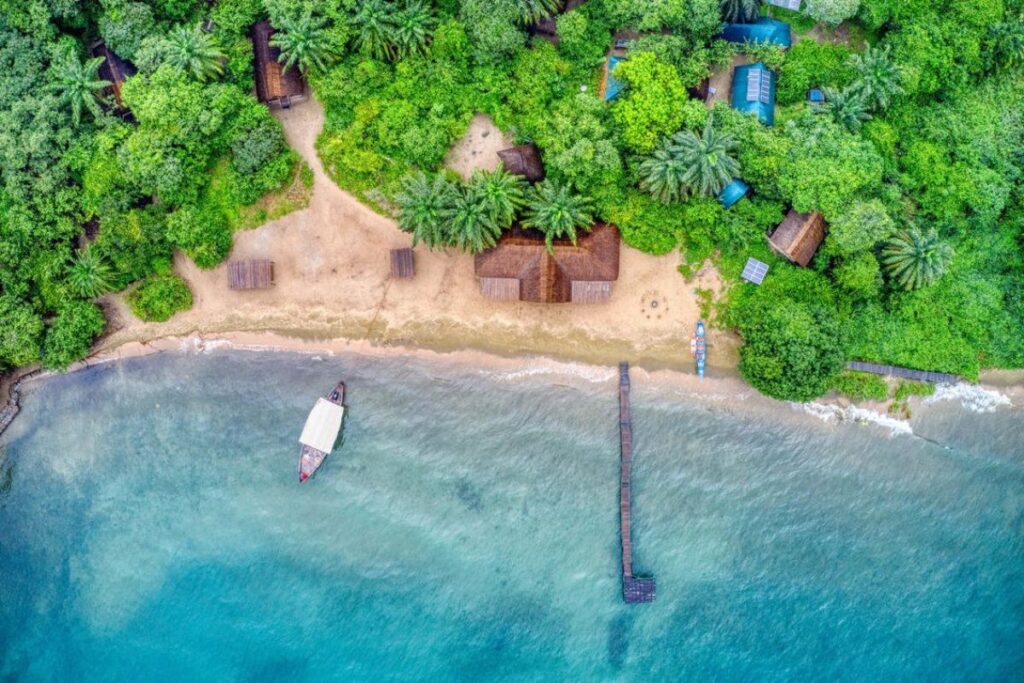
Sport Fishing
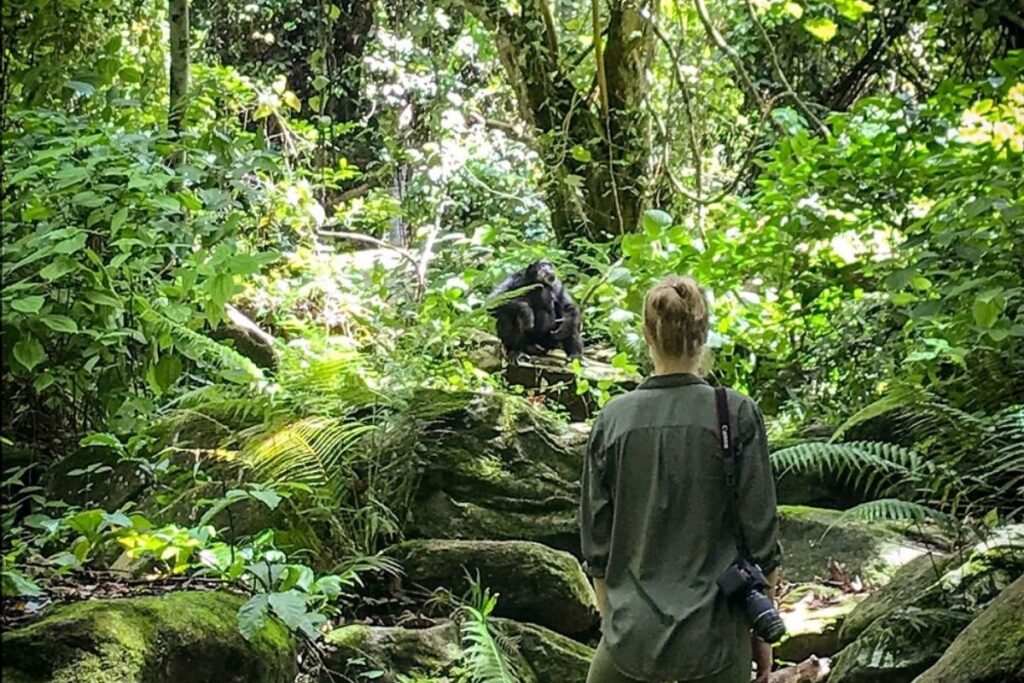
Hiking in Mahale National Park
Mount Nkungwe is the highest point of the Mahale Mountains at 2462 meters. The hike to the peak and back usually takes an experienced hiker two days. The first night, hikers make camp halfway up, spending the second night at the peak. For the safety of the hikers, armed ranger guides accompany the group.
Another favorite trek is to see the “fishing fire.” The fishing boats out on the lake travel with kerosene lamps, and when they light up the lamps at night, it’s a beautiful spectacle known as the “fishing fire.” It’s a magical experience to witness. The best time to take this hike is during the dry season, from June to October. In the rainy season, the slope of the mountain becomes too wet and dangerous to climb.

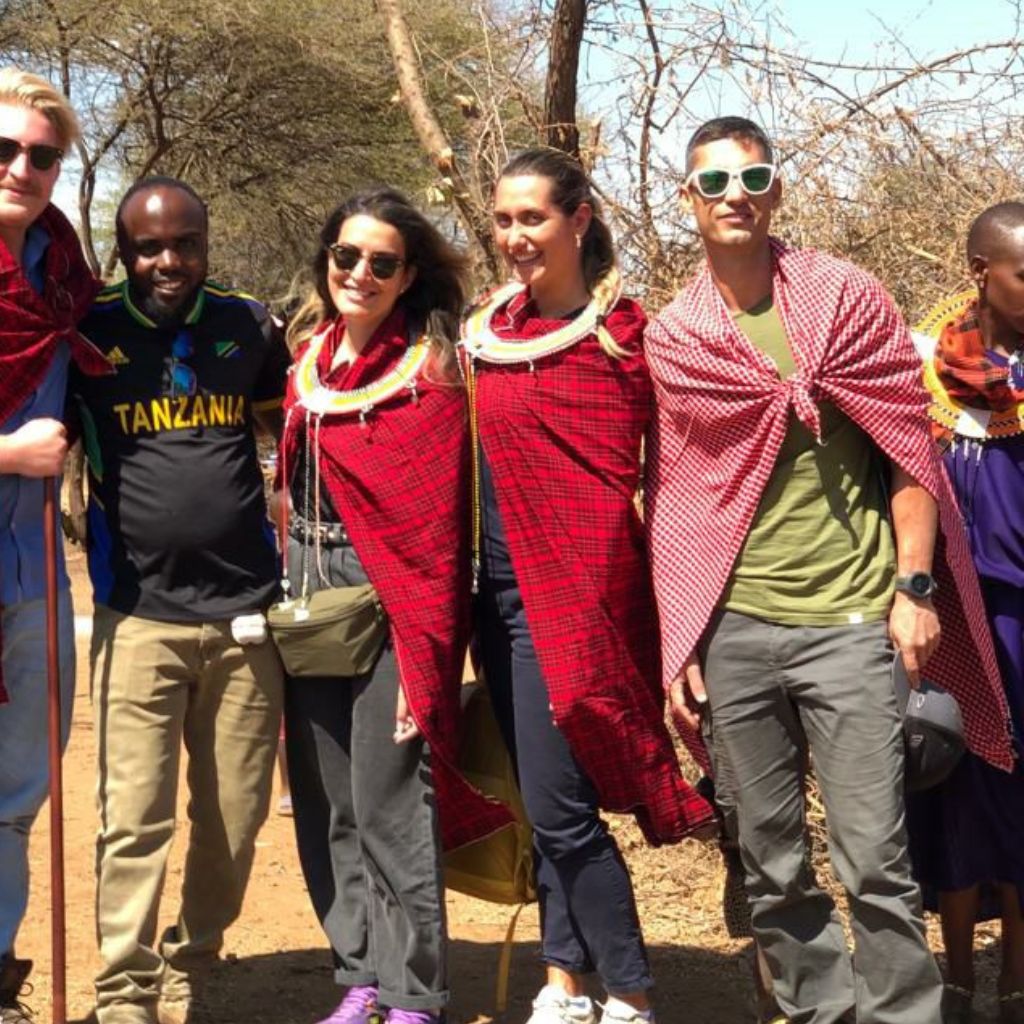
Cultural Tours
Known for its ancient history and cultural diversity, Tanzania is a favorite for those who seek to learn more about the local village life and the different customs and traditions of the various ethnic tribes living across the country. At Mahale Mountains National Park, visitors can meet the Holoholo (a branch of the Bantu) and Batongwe in nearby villages. Kigoma, the district capital, is also worth a visit for its historical value. Kigoma was a hub for the slave and ivory trade in the 19th century, developing into a transportation hub and railway terminus from Dar-es-Salaam in the 20th century. Interestingly, it was where the reporter, Stanley, found the presumed-lost-in-Africa, Dr. Livingstone, in the late 1800s.
Mahale National Park is also known for kayaking and snorkeling. Lake Tanganyika is home to more than 400 species of fish. Nature walks around the national park are also another popular activity around here.
Start planning your trip to
Mahale Mountains National Park
Popular Destination Packages
Our Most Popular & Best Tanzania Adventures
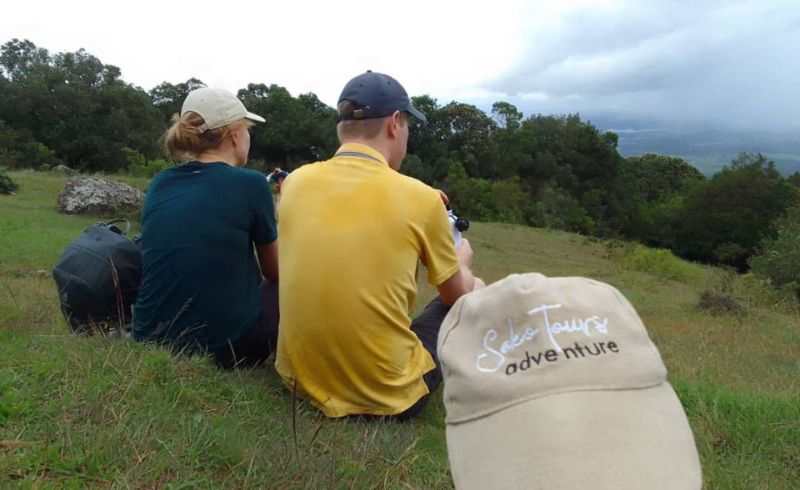
3 Days Tanzania Budget Safari
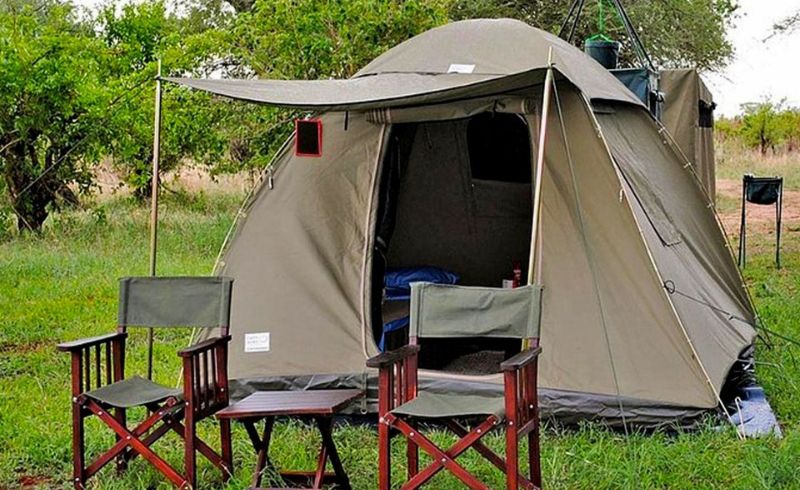
4 Days Tanzania Camping Safari
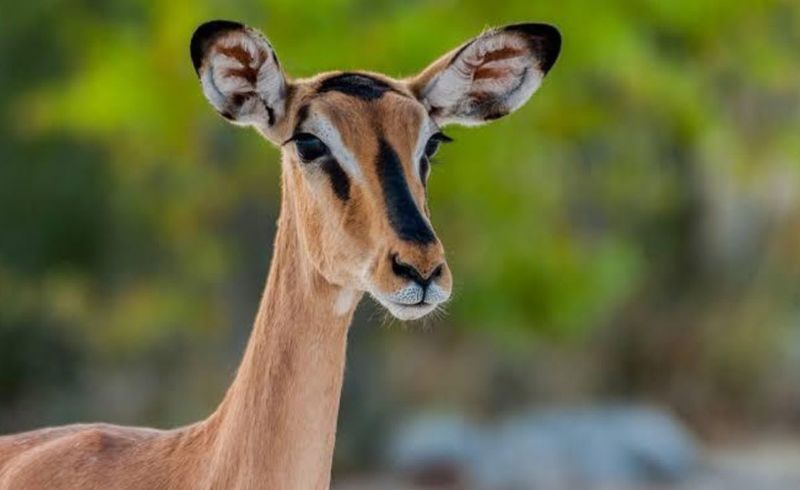
4 Days Tanzania Private Safari
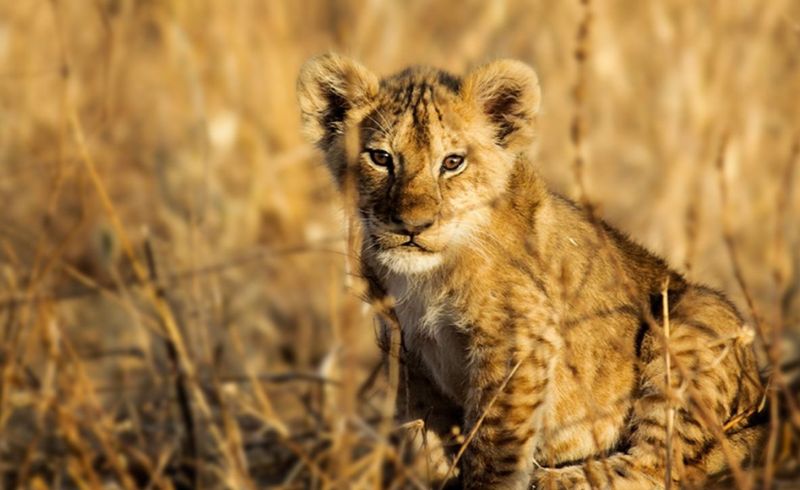
6 Days Tanzania border to border Adventure
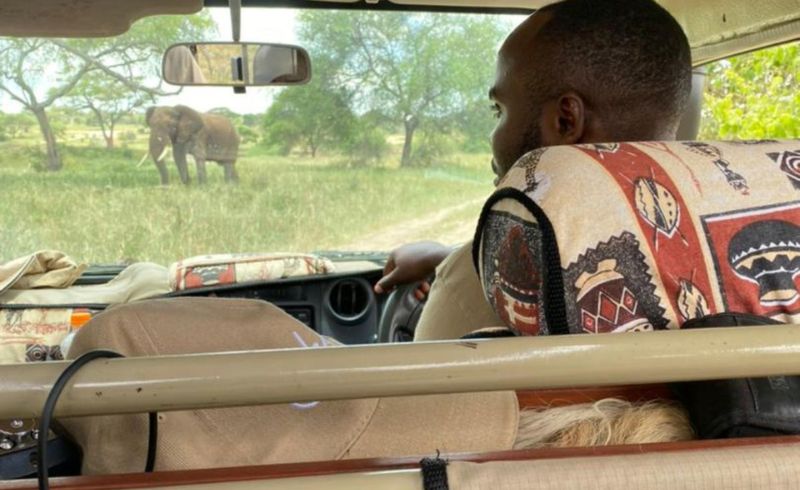
7 Days Best of Tanzania Luxury Safari
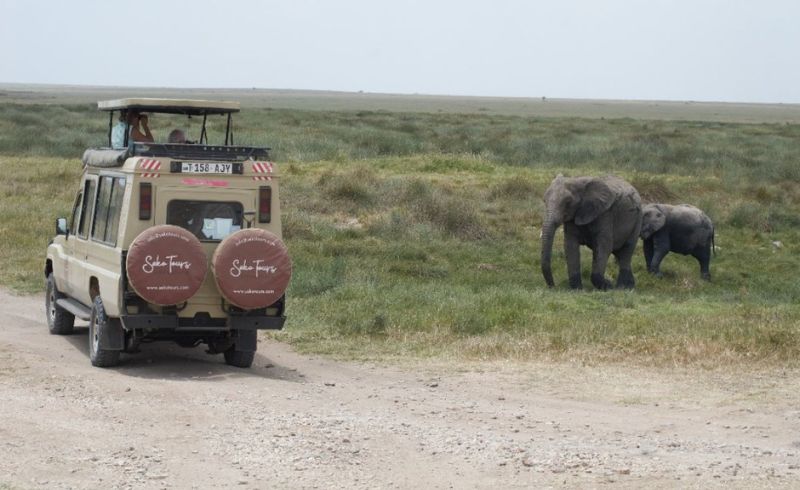
8 Days Ultimate Northern Tanzania Safari
Select The Best Destination For Your Travel
Iconic Destinations
Frequently Asked Questions about Mahale Mountains National Park
You can see lions, which are big cats. You can also see elephants, which are very big animals with trunks. Giraffes, which have long necks, are common. Zebras, with black and white stripes, are easy to spot. There are many other animals too, like rhinos, hippos, and many kinds of birds.
The best time is from June to October. This is the dry season. It is easier to see animals because they gather around water holes. The weather is also nice, not too hot and not too rainy.
A safari can cost from $1,500 to $5,000. The price depends on how many days you go, where you stay, and what you do. Some safaris are cheaper and some are more expensive.
Pack comfortable clothes. It can be hot during the day and cool at night. Bring sunscreen to protect your skin from the sun. A hat is good for keeping the sun off your face. A camera is great for taking pictures. Binoculars help you see animals that are far away.
Yes, it is safe if you go with a good guide and a trusted safari company. They know the area and the animals. Always follow the guide's instructions.
A good safari lasts 5 to 10 days. This gives you enough time to see different animals and visit different places without feeling rushed.
The Serengeti National Park is very famous. It has many animals and the Great Migration happens there. The Ngorongoro Crater is also amazing. It is a big volcanic crater with lots of animals inside. Tarangire National Park and Lake Manyara National Park are also good places to visit.
Yes, you can see the Great Migration in the Serengeti. It is a huge movement of wildebeest, zebras, and gazelles. They move to find fresh grass and water. The best time to see the migration is from June to July and from October to November.
If your question is not listed, please contact us from here.
